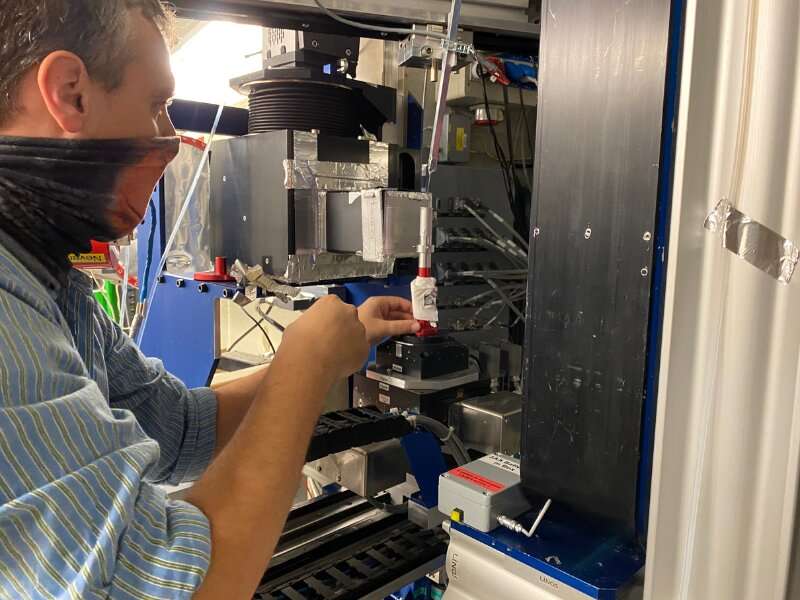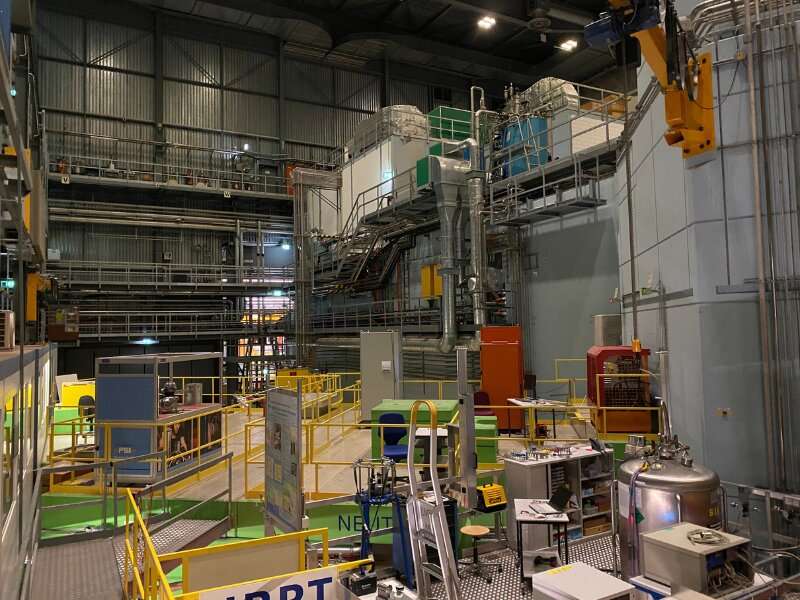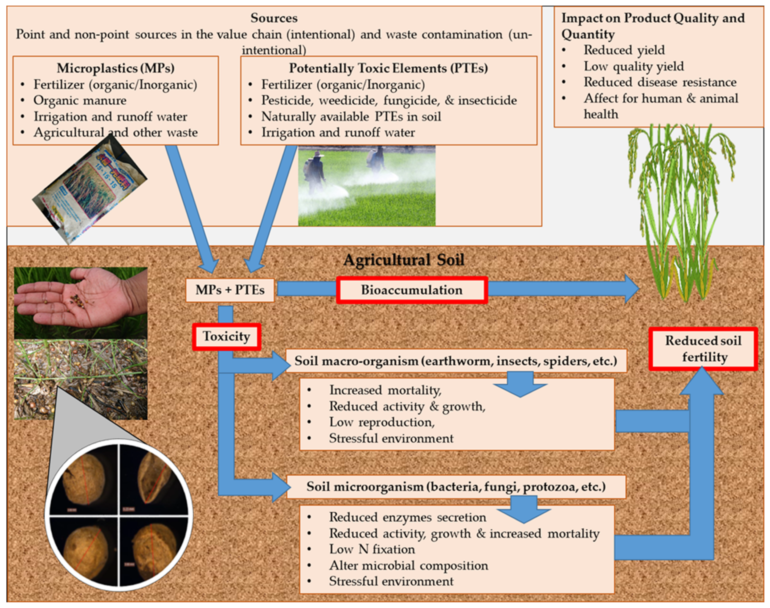Whether we like it or not, plastic is a major part of our lives. The production and use of plastics has been found to create a problem because “microplastics” are accumulating in our soils.
Microplastics are tiny particles of plastic debris that are often found in the environment. Less than 5000 micromillimeters in size, they result from the disposal and breakdown of consumer products and industrial waste. With limited studies of the impacts on the environment, researchers in Europe wanted to dig deep to learn how microplastics may impact the flow of water through soil.
Andreas Cramer, a researcher from ETH Zurich in Switzerland, and his team believe that high amounts of microplastics in soil cause the soil to repel water. This is because plastics do not wet easily. Overall, their experiments tested soils with various amounts of microplastics to see how water hit the soil surface and flowed through the soil.
The study was published in the Vadose Zone Journal.

Andreas Cramer sets up a soil sample in front of the neutron beam. Neutrons are coming from the right side and the detector is to the left behind the sample. Neutron beams are used to image the movement of water through a soil sample containing microplastics. © Andreas Cramer.
The research team found that, in large quantities, microplastics begin to impact how water flows through soil. Fortunately, it is not likely that an entire area, such as a crop field, will contain this high amount of microplastics.
However, their data also showed how microplastics can concentrate or pool in certain areas, rather than being evenly distributed. This can cause issues in the soil in particular spots that have higher concentrations of the particles.

A lot of infrastructure is necessary to keep systems and laboratories, such as the one used in this work, running safely. To measure the water flow of soil contaminated with microplastics, a team in Switzerland is using radioactive neutrons. Scientists must be aware of their potential exposure to radiation, meeting safety protocols to limit to a safe level. © Andreas Cramer
“If we take the example of an agricultural field, the uneven distribution of microplastics might cause an uneven distribution of water through the depths,” Cramer says. “Consequently, this could eventually impact the root architecture of plants. Spots with higher levels of microplastics in the top layer of soils could impact water availability for shallow rooting plants and, down the line, also nutrient availability.”
He adds that a worst-case scenario would be something like a dry “dead zone” where microbial activity is significantly reduced as well, which can impact the decomposition of organic material.
The scientists’ imaging techniques showed how water infiltration can be locally impeded because water doesn’t flow into regions with high levels of microplastics. Instead, it flows around them, which traps air. This results in an overall decreased water content and a slowing down of water filtering into the soil as well as changes in water configuration, so where water ends up.
“Average levels of microplastics are unlikely to occur in large volumes of soils at the higher levels we studied,” Cramer explains.
“However, we expect uneven distribution of microplastics in soils. Consider agricultural mulch film pieces incorporated into the soil. These pieces become brittle over time and fall apart, turning into particles within the pore space creating hotspots of microplastic content. Or if you think about deposition of airborne microplastics. They will be collected in rough areas of the soil surface.”
Cramer says to think of water repellency like when a potted plant with extremely dry soil is finally watered. The water ponds and needs time to soak into the soil. Microplastic could increase this surface water repellency. And while he says more research is needed, this could be important in the context of climate change where extended periods of heat are followed by heavy rainfall events. He wants to investigate possible impacts of microplastics in this process.
Cramer also wants to explore how long microplastics may repel water if they break down over time, as well as if what a microplastic is made of makes a difference. He also says he is working to spread awareness of what microplastics are among fellow scientists and the general public.
“This work is contributing to the awareness of society about impacts on the environment,” he says. “It is helping us realize the urgency to improve waste management systems and human behaviors that contribute to contaminating the environment.”
More information:
Andreas Cramer et al, Microplastic induces soil water repellency and limits capillary flow, Vadose Zone Journal (2022). DOI: 10.1002/vzj2.20215
Provided by
American Society of Agronomy
Citation:
A lasting impact: Microplastics settling into soil (2022, October 31)


